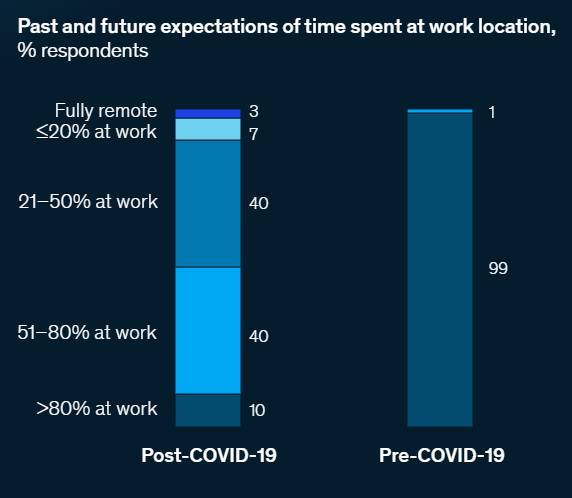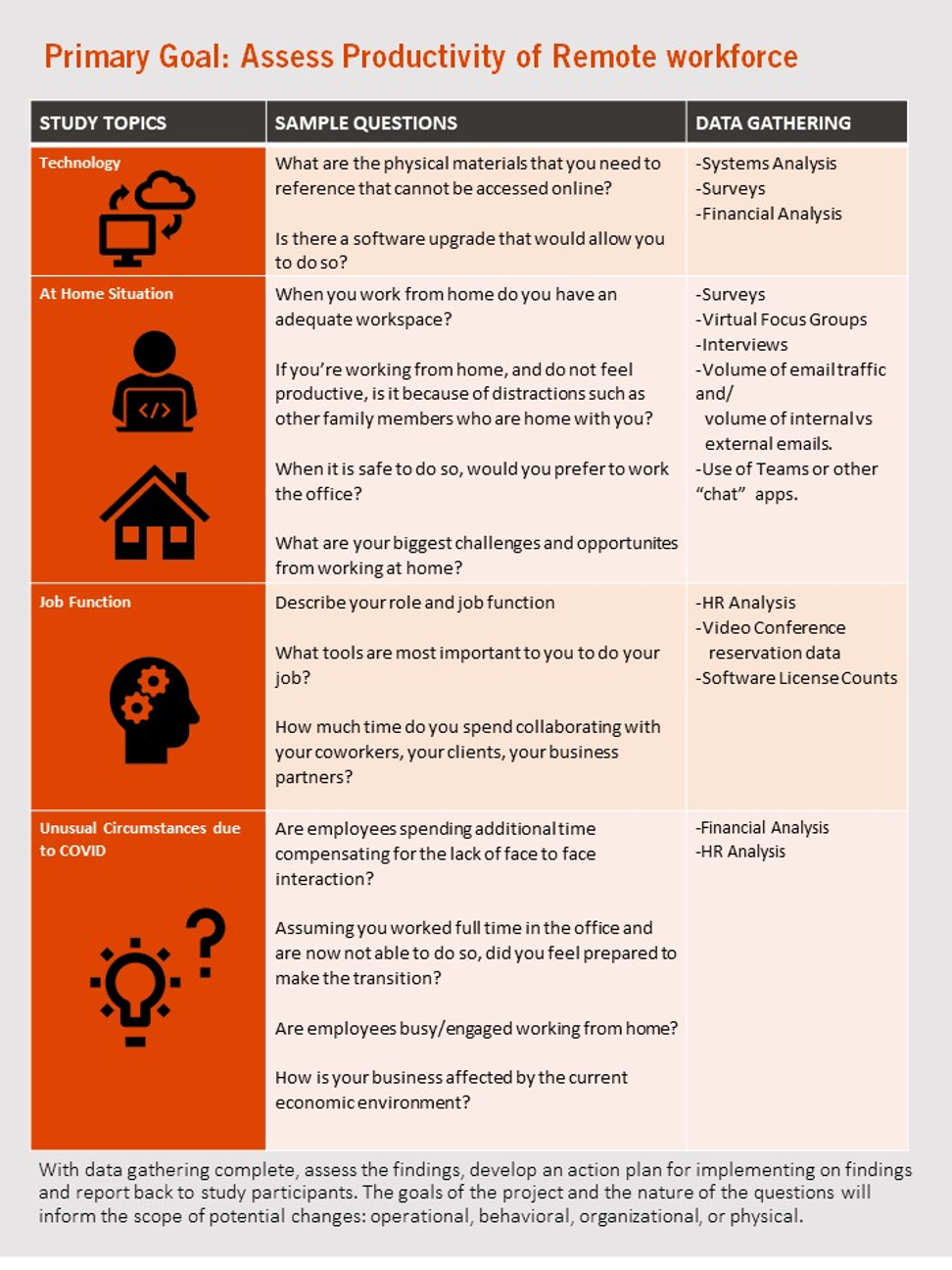Why you should be making data-led decisions
As the economy recovers from the immediate impact of the pandemic, organisations need to be ready to continue to build on digital growth. Our sister company Paydata’s spring edition of its UK Reward Management Survey, has captured the highest levels of business optimism since the pandemic began. Respondent employers said only four percent would return to their pre-pandemic working methods. This has direct implications for how you use your data.
Planning for threat and opportunity
“We need not only disaster preparedness but opportunity preparedness” – Doug Merritt, Fortune
Before the pandemic, it was unimaginable that most of the whole world could shut down in the way it has. COVID-19 has taught the world about going beyond crisis contingency plans and the importance of adapting overnight to unprecedented challenges. Companies had to remain nimble in the face of continually changing circumstances. Guiding individuals within the organisation through uncertainty has defined businesses during this period.
A new way of working
As organisations navigate the return to the workplace, technology will continue to play a central role in whether an organisation retains their competitive edge. COVID-19 has completely reshaped society; the vaccination rollout raises questions about what the world will look like when it reopens. Retail has permanently changed, and the aviation industry continues to experience huge disruption. Those, particularly in the professional services sphere, who have continued to deliver their work but purely remotely will be considering to what extent they return to the workplace. McKinsey surveyed executives who estimate varying levels of hybrid working:
Source: McKinsey, Hybridized
Digital nomads
E-commerce, direct-to-consumer, and subscription strategies are nimble enough to have weathered and flourished in this period. Who will be the winners of tomorrow?
Convenience has never been more critical yet in terms of touchpoints, pure online retailers might struggle to provide the experience dimension many will look for after this period. Digital transformation must underpin the whole consumer journey, and employee experience will also be an equally critical consideration for companies. Your employees are the vehicles by which your entire vision and strategy come to life. Beyond working from home support, companies must carefully consider what drives the selection of their employees and the type of culture that can exist virtually – what unites their workforce?
Whatever the plan, effectively communicating a vision can immediately impact employee morale. In McKinsey’s study of hybrid models and how they offer a combination of remote and on-site employees, 68% haven’t communicated a clear vision for post-pandemic work. This has serious negative consequences on employee engagement compared to organisations that have communicated a plan. Their employees are five times more productive as they have the clarity and confidence that a detailed plan provides. This demonstrates how remaining adaptable but open with employee communications can empower organisations to adapt their response to the data whilst uniting their workforce with regular updates.
Source: https://www.waremalcomb.com/
An economic boom ahead?
As executives turn to preparing for the post-pandemic world and what this looks like, there are predictions of equally unprecedented economic growth following economies reopening around the globe. Goldman Sachs predicts that the US economy will grow by 8% in 2021, and the IMF forecasts economic growth of 6% globally. This expected boom will require companies to be ready for its endless opportunities.
“Organizations that were further along in their digital transformation journey were, for the most part, able to adapt more quickly and minimise disruptions to their business. What could have been disastrous instead became a case study in the promotion of digital transformation.” - No Turning Back – How the Pandemic Has Reshaped Digital Business Agendas, IDG and Google.
The way we innovate as we emerge from the pandemic will look different. Businesses shifted to cloud computing overnight in March 2020 – a transformation of their infrastructure, which many would have built into a project plan spanning months, if not years. Companies have driven transformation with tactical infrastructure decisions being made overnight – acting as a catalyst for rapid growth and change. In a Google-commissioned study by IDG, the study of 2,000 global IT leaders reinforced the notion of translating data into actionable insights that will determine which companies will win in this new era. The critical focus areas for IT leaders include multi-cloud, analytics, sustainability, and security. These four areas can unlock intelligent data analytics to guide and grow organisations. McKinsey reports that 75% of North American and European executives expect increased technology investment through 2024.
How software can fuel your recovery
Those organisations who have upped their data game over the pandemic will be set to thrive. Companies with built-in digital transformation will have the advantage of being able to adapt and respond quickly. Tackling mundane, repetitive tasks involved in large-scale, business-critical projects like the pay review process, and rationalising this process with intuitive software frees up time that can be spent understanding what customers want, and finding out what employees truly value in your employer brand offering so that you can consistently deliver high-quality outputs.
Economists referring to pent-up demand say it goes beyond having money to spend that some might have saved over the lockdowns – it will be the shared experience of liberation when the world emerges from the constraints the pandemic has necessitated. The Roaring Twenties followed World War I and the Spanish flu pandemic – technology powered the recovery. Mass marketing and production flourished in a period of celebration, which may be echoed when the global economy reopens. Planning your data technology now will reap dividends in the not-too-distant future when there are hopes of business opportunities flourishing.
Future-fit
The focus on fairness – from social mobility to gender pay gaps – is integral to the future workplace. Candidates and procurers want to know your record regarding diversity and inclusion. A huge issue facing HR professionals is how best to use the mountain of available data. Job evaluation software can rationalise data and apply a consistent methodology – creating a fair and equitable framework to reward people. PayReview can help you facilitate better data management across the organisation. The data can be analysed to find insights into pay practices and the outcomes.
Our HR solutions help with organisational design, also driving efficiencies across your business. In the context of performance reviews, this can help move pay decisions beyond discretionary pay rises that are individually determined and open to greater variation. It gives line managers a consistent reference framework to support them in having more effective conversations. HR can use the software to track the effectiveness of targeted pay awards. As an end-to-end solution to support the entire pay and reward process, PayReview can help you focus on the strategic part of the pay review process and the change management required to align pay with progression and performance frameworks.
Book a demo
Get in touch to understand how we can help you focus on emerging from the pandemic and building back strength economically. Intense and accurate software can free up your HR solutions to focus on innovation.
Book a demo to find out how a system based on data and evidence will be more robust in the long term and reduce the time you need to spend on the pay review project.



